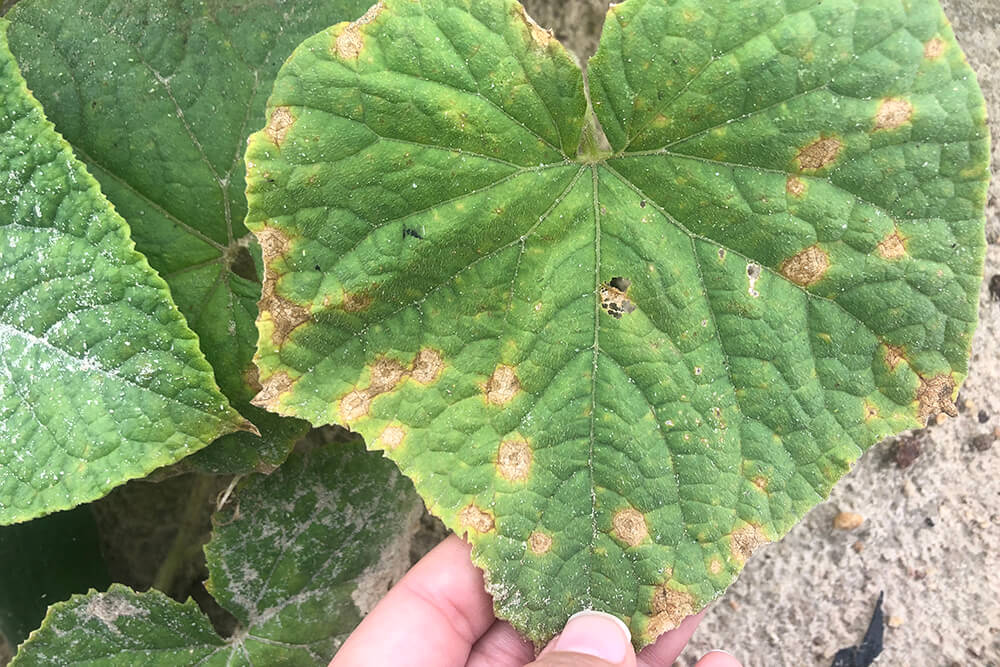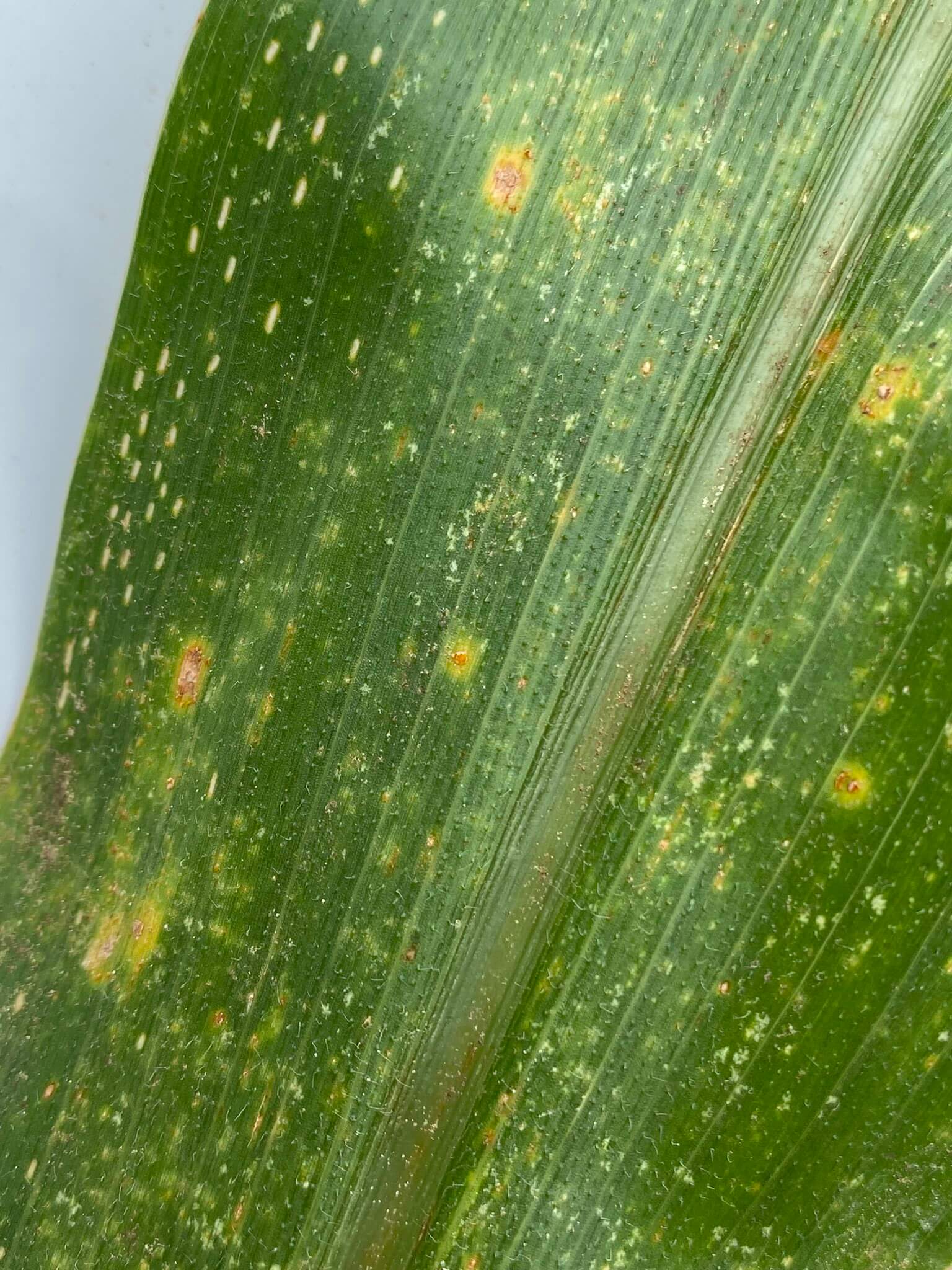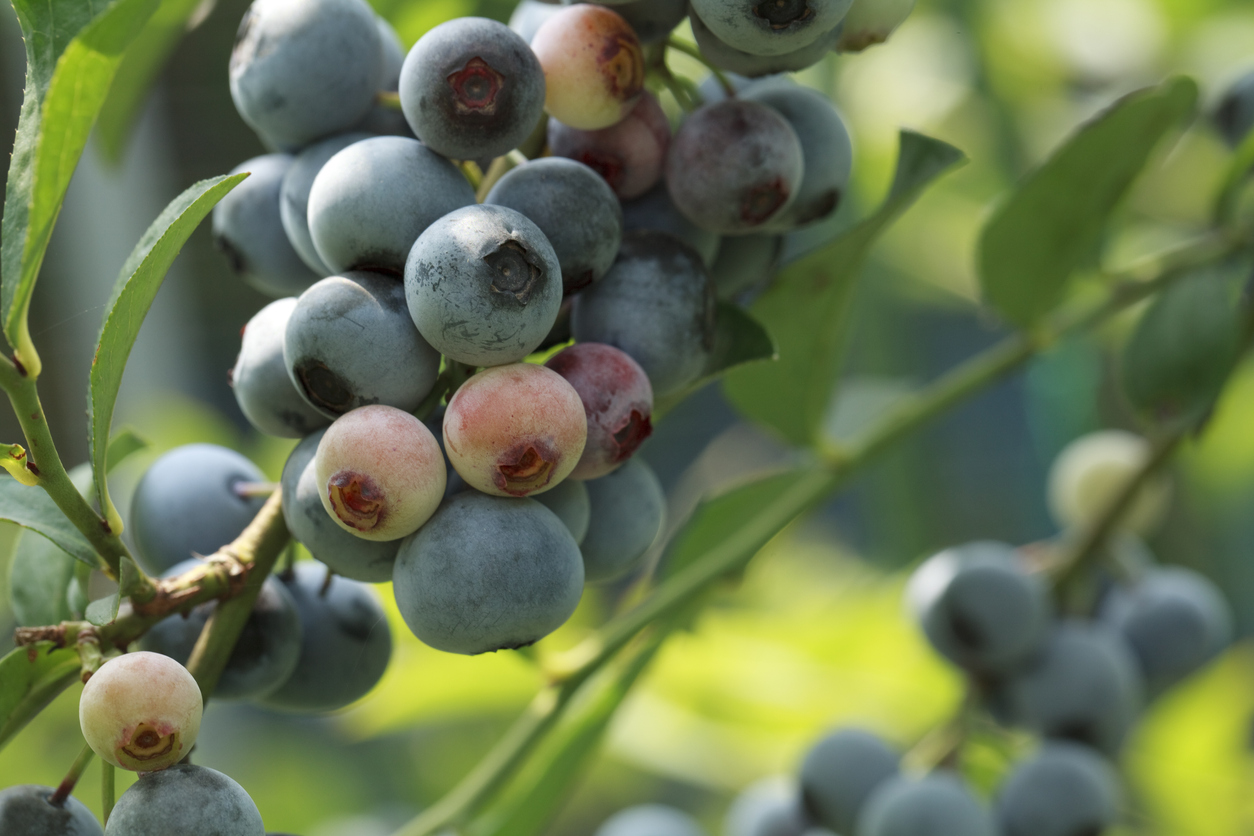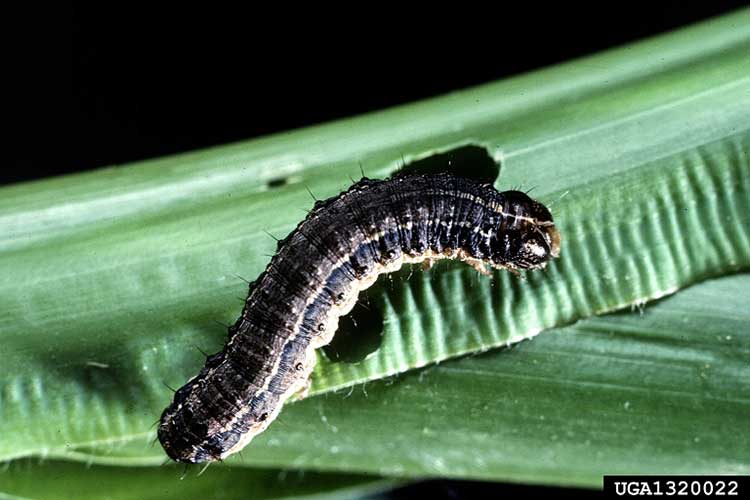From time to time, someone somewhere in Georgia turns over a rock or log and finds a grayish brown, flat worm with a head shaped like a half-moon. It's one of those things that, when you find it, you just have to find out what it is.
It's called a land planarian.
You rarely see these curious creatures. Originating in Asia, they've traveled around the world in nursery pots, arriving in North America a century ago. They're typically found near greenhouses. If the habitat is warm and moist enough, they can escape and get established in the wild.
Land planarians are in a primitive group of worms called, aptly enough, flatworms. They don't have circulatory, respiratory or skeletal systems.
Spatula heads
Their semicircular heads look like little spatulas. In some parts of the world, they're called "shovel-headed garden worms." While the top is typically gray to greenish-brown with darker stripes, the underside is pale.
They don't have eyes. But light-sensitive cells allow them to perceive light, which they shun. Land planarians can easily desiccate, or dry out, so they have to remain in cool, damp areas. Because they avoid light, they spend the daylight hiding in moist places under logs or in the soil.
Relaxed, a land planarian may be only 3 or 4 inches long. When it's crawling, though, it can easily double this length. Full-grown, it may be 12 inches long.
Like snails and slugs, land planarians glide on mucus, secreting slime to help them move. These dried slime trails are signs of planarians, although they look exactly like the tracks that slugs or snails leave behind.
Really weird
Land planarians lay eggs, but they can also reproduce by budding, or detaching from the tail end a small segment that develops a new head within a week or so.
Strangely, the planarian's mouth isn't on its head but halfway down its belly. It wraps itself around an earthworm, attacking prey up to 10 times its size, and sucks its juices. Even more oddly, the same opening serves as its anus.
Although they're found around plant nurseries, they're harmless to plants. Some land planarians feed on slugs and insect larvae. The most common species in Georgia, though, feeds on earthworms. And yes, they're cannibalistic, too.
These weird worms are rare in Georgia. Gardeners are the people most likely to encounter them, while digging in the soil or turning over rocks and logs.
But it's OK. They're not known to be poisonous, although there is some evidence they don't taste good to dogs.
Because they're harmless, there aren't any control recommendations. Science teachers at your local school will probably be glad to take any specimens you can provide.




.png)


